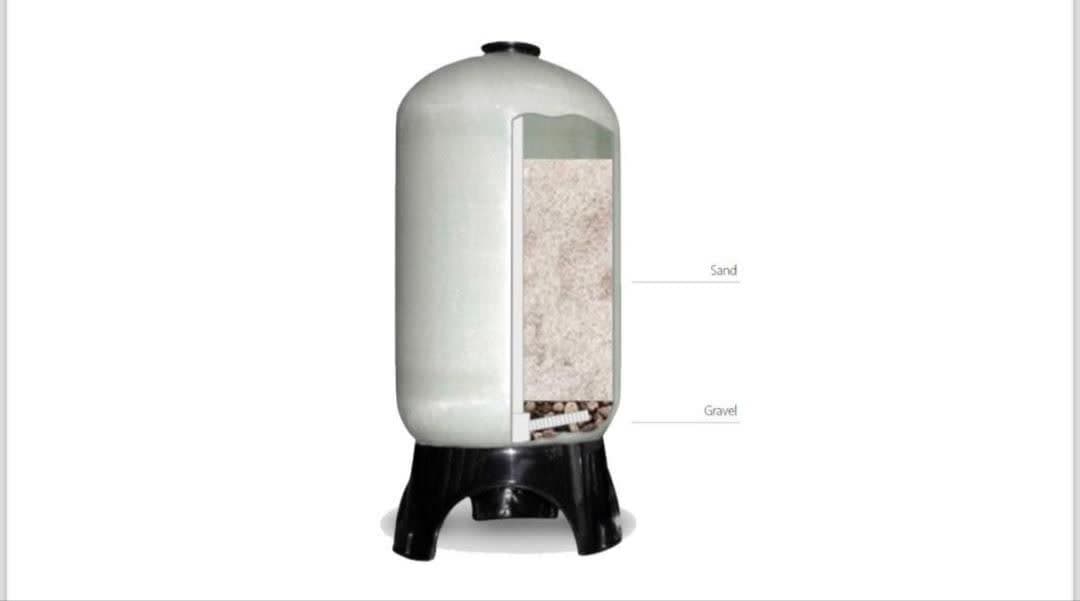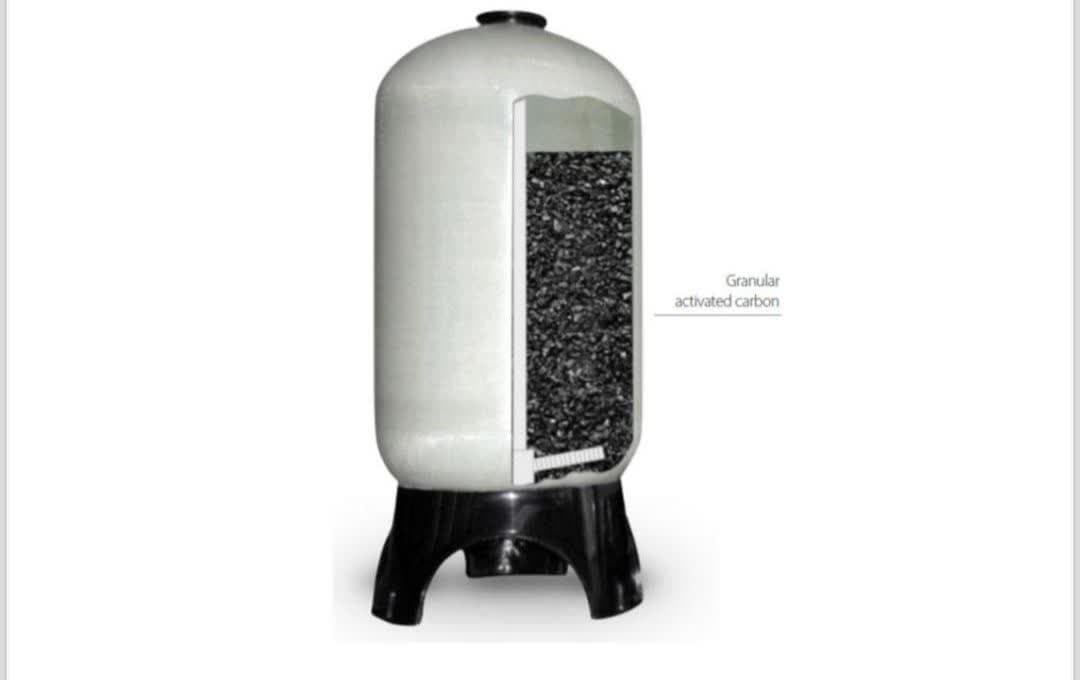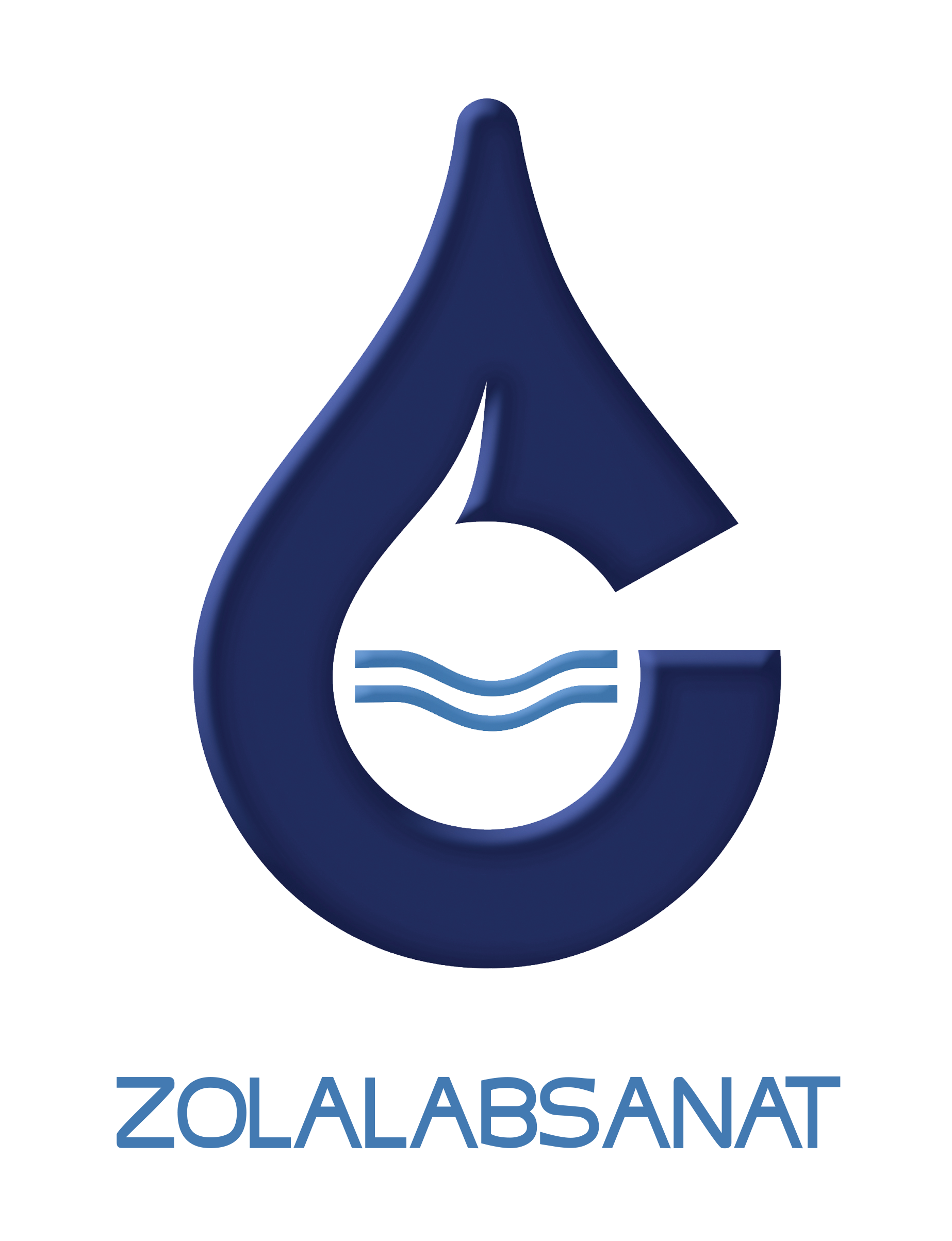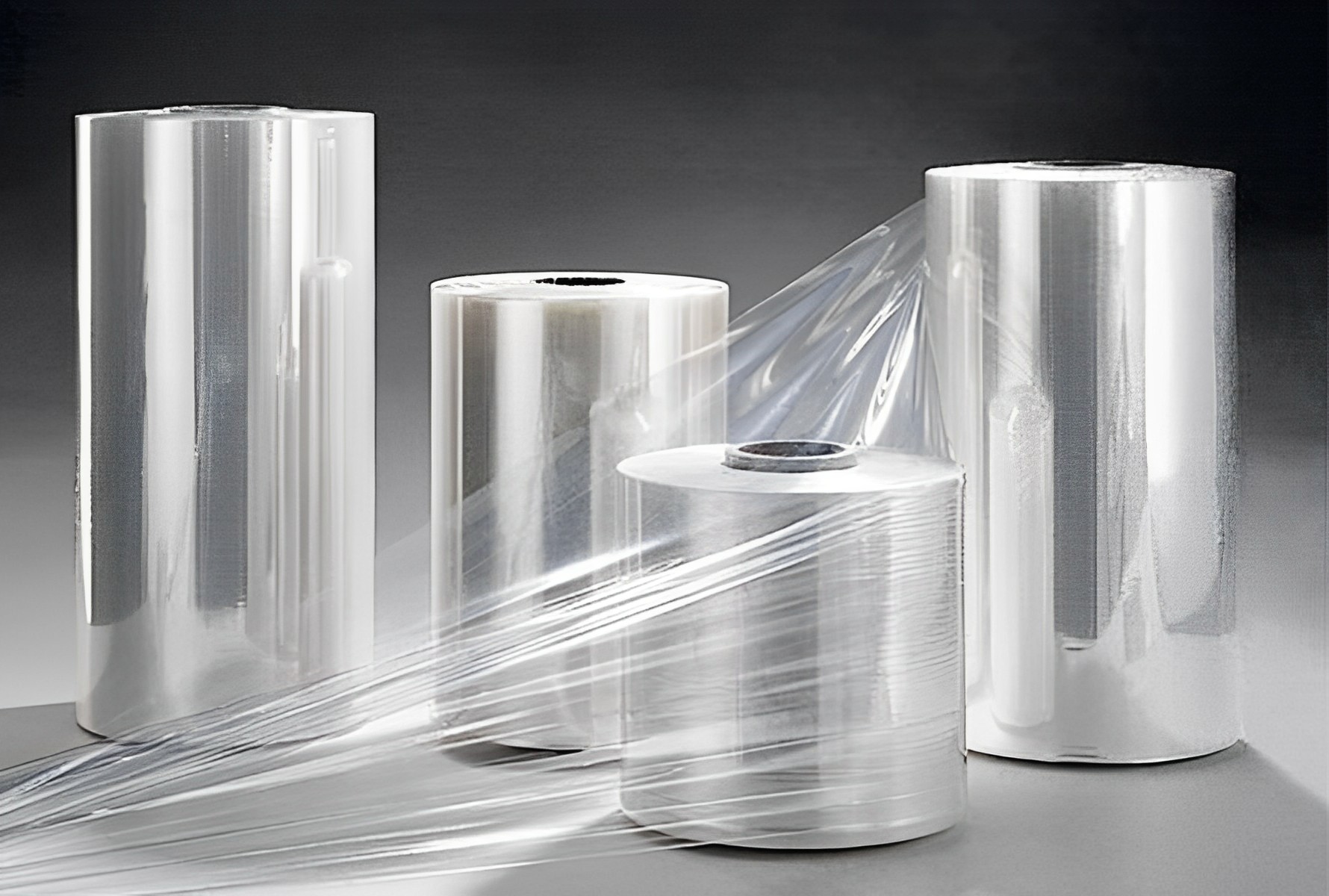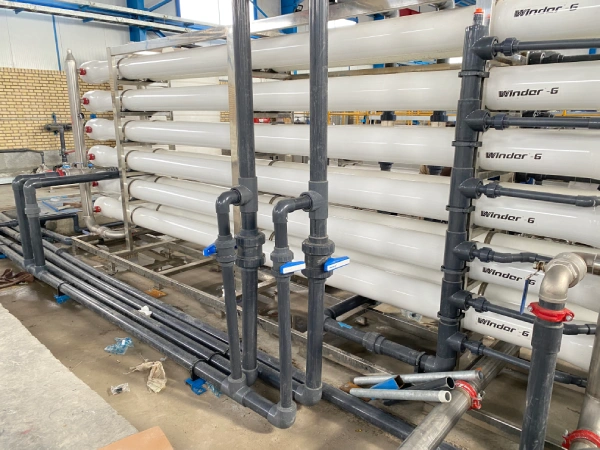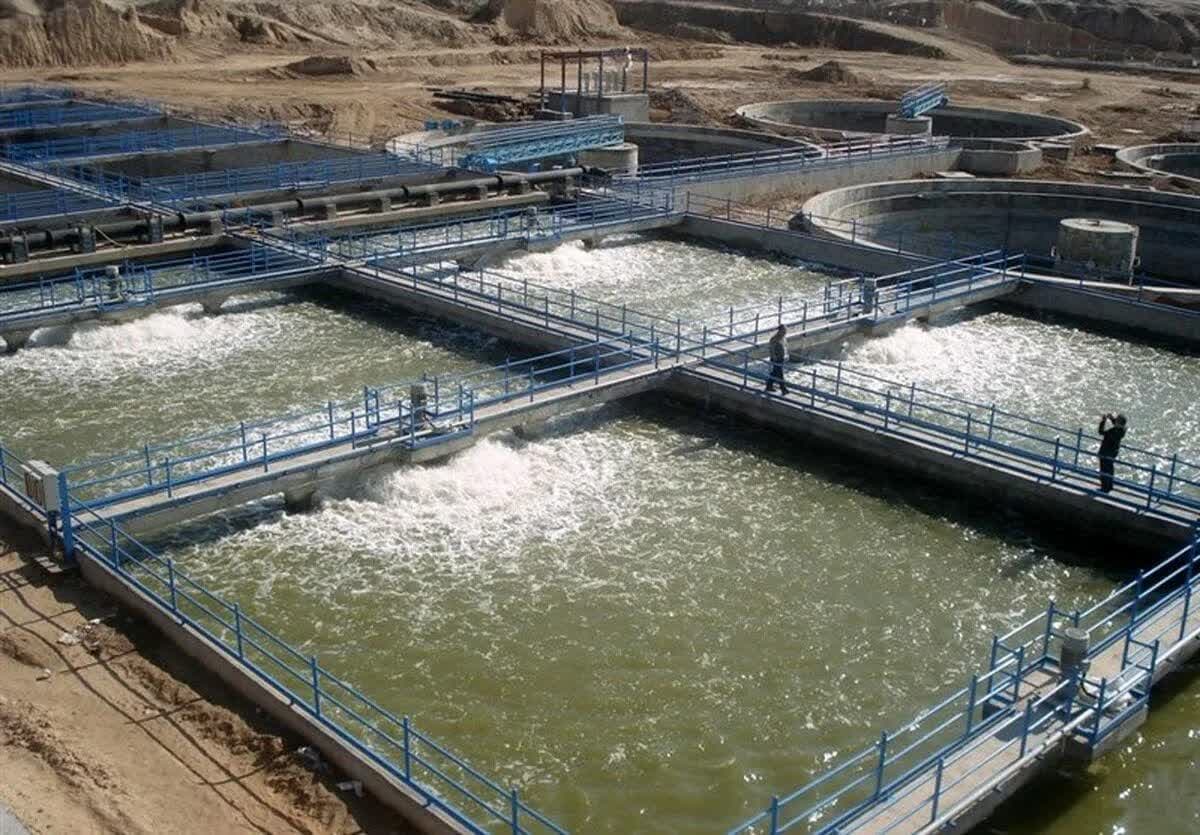Introduction to Pre-Treatment Units in Reverse Osmosis Systems
In reverse osmosis (RO) water treatment, pre-treatment is a crucial step to ensure the efficiency and longevity of the membrane system. Pre-treatment units are designed to remove contaminants and particles from the feed water before it enters the RO membrane. This process helps in reducing fouling, scaling, and other issues that may affect membrane performance and lifespan.
Pre-treatment typically involves several key stages:
- Sediment Filtration: This is the first line of defense against large particles such as sand, dirt, and silt. Sediment filters typically consist of multi-layered media that capture and remove suspended solids, preventing them from damaging the RO membrane.
- Activated Carbon Filtration: Activated carbon filters are used to remove chlorine, chloramines, and organic compounds from the water. Since chlorine can degrade the RO membrane material, its removal is essential to preserve membrane integrity.
- Water Softening: Hard water contains high levels of calcium and magnesium, which can lead to scaling on the RO membrane. A water softener, usually a cation exchange system, is used to replace these hardness-causing ions with sodium ions, helping to prevent scale formation.
- Anti-Scaling Agents: In some cases, anti-scaling chemicals are added to the water to further prevent the precipitation of scale-forming minerals. These chemicals help to maintain membrane performance in areas with high mineral content in the feed water.
- pH Adjustment: The pH of the water may be adjusted to optimize the performance of the RO system. If the feed water is too acidic or too alkaline, chemical dosing systems can be used to bring the pH to a more suitable level.
- Ultrafiltration (UF) or Microfiltration (MF): In some advanced systems, UF or MF membranes are used as a pre-treatment before RO. These membranes filter out smaller particles, bacteria, and suspended solids that could otherwise clog the RO membranes.
By incorporating these pre-treatment processes, RO systems can operate more efficiently, reducing maintenance needs and increasing overall water quality. Proper pre-treatment also ensures that the RO membranes perform optimally for a longer period, lowering operational costs and improving the sustainability of the water treatment process.
